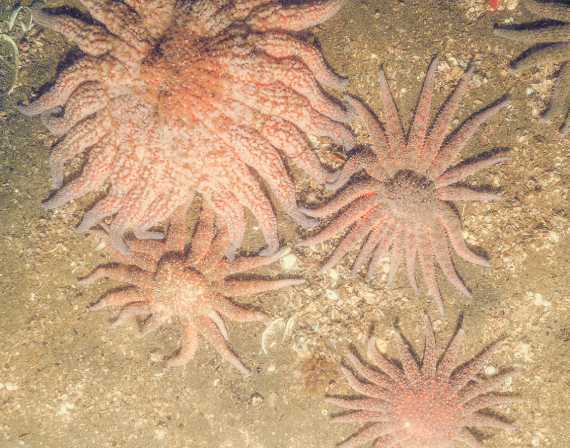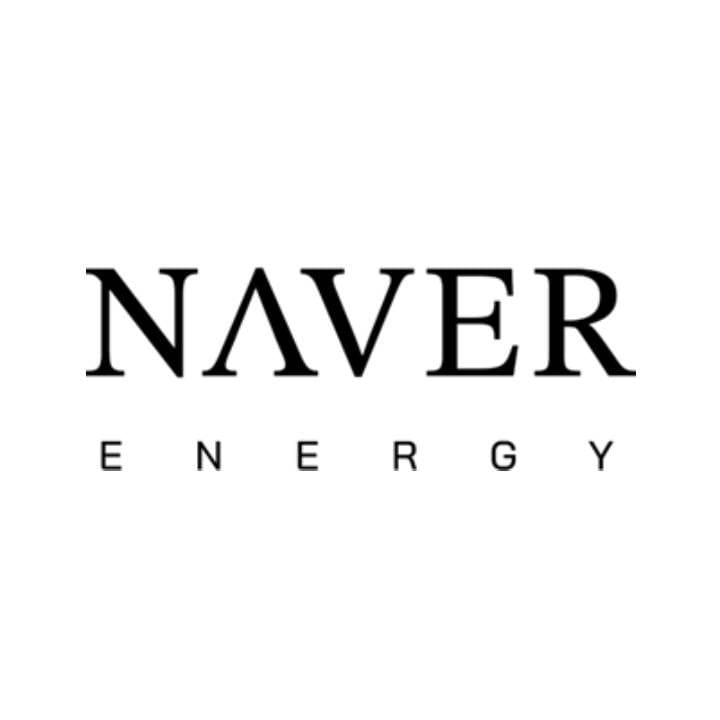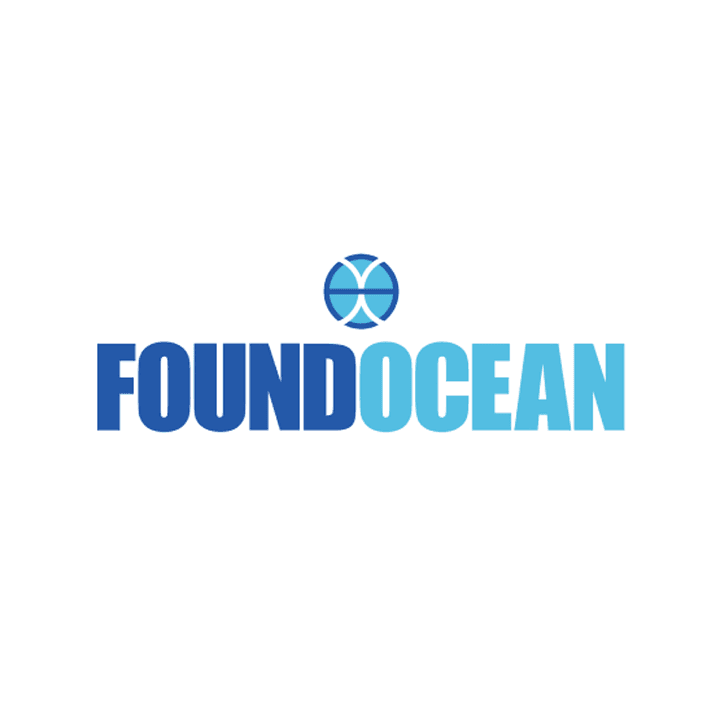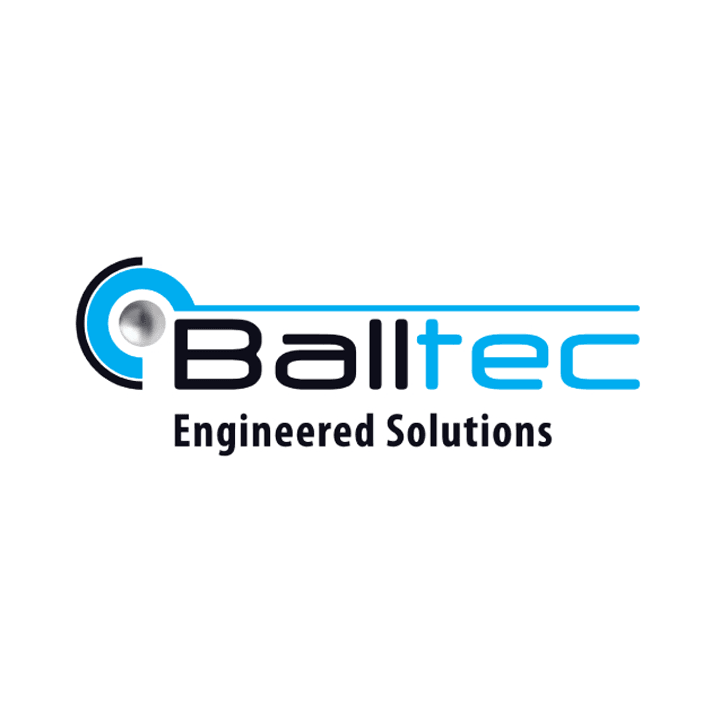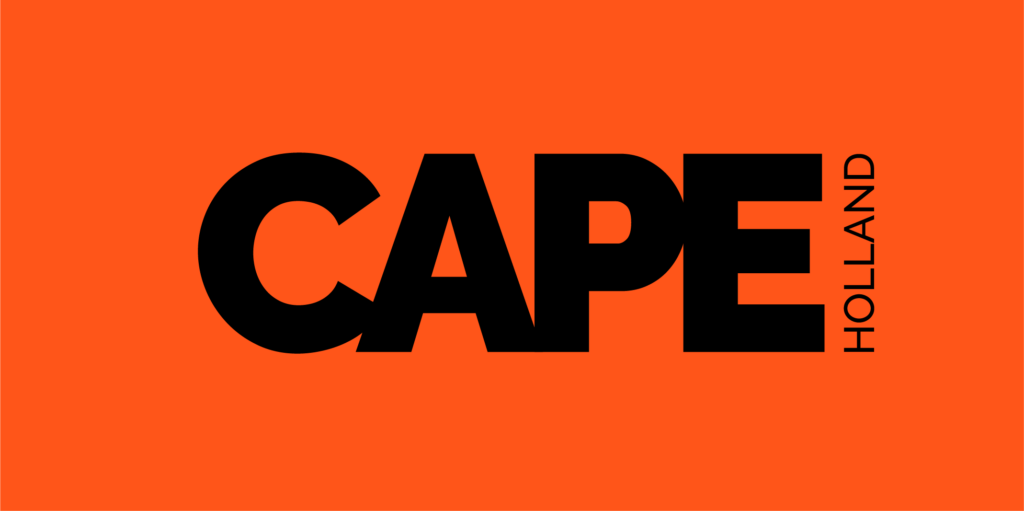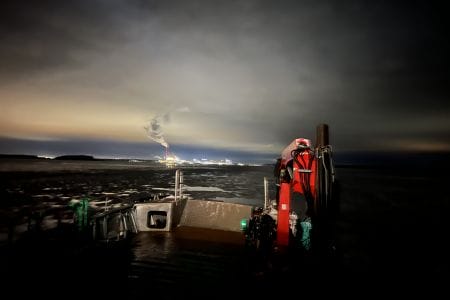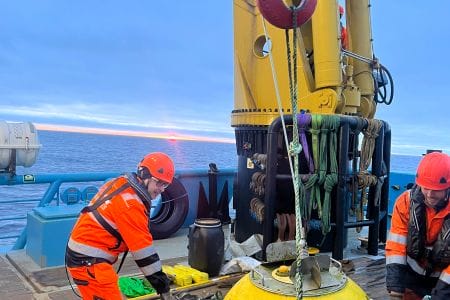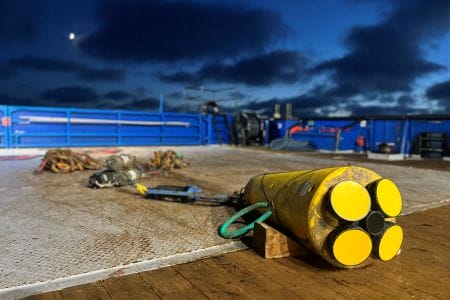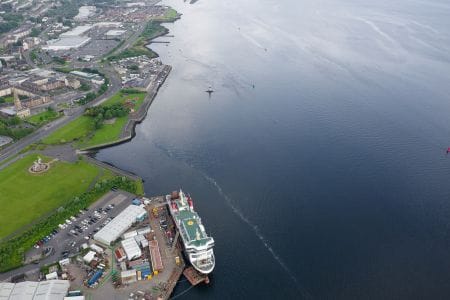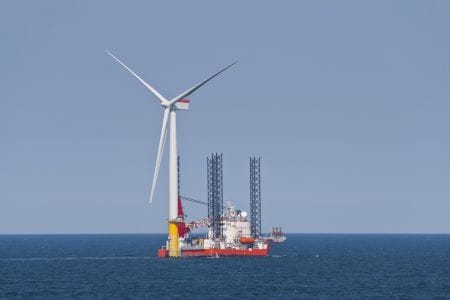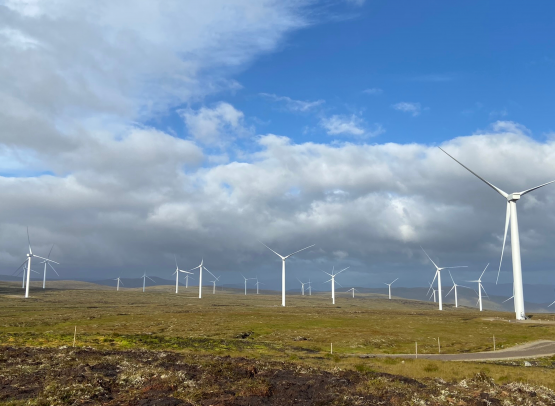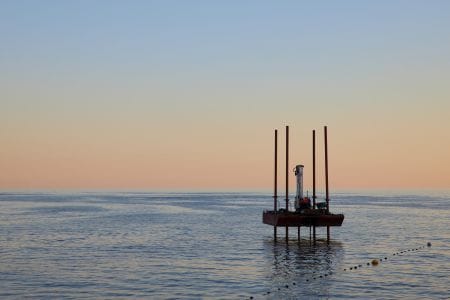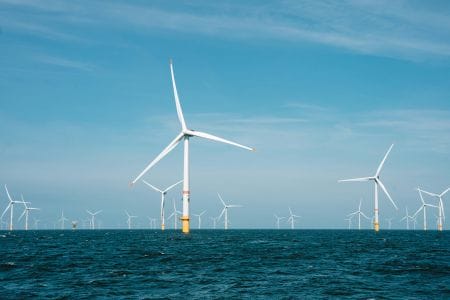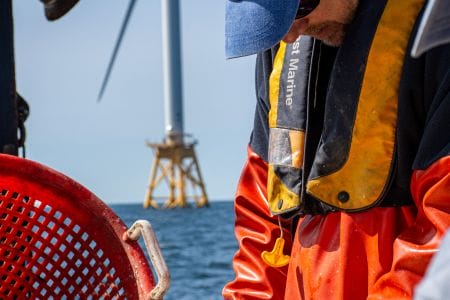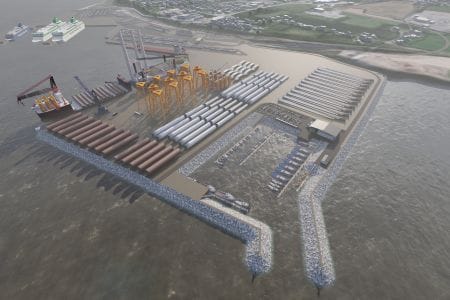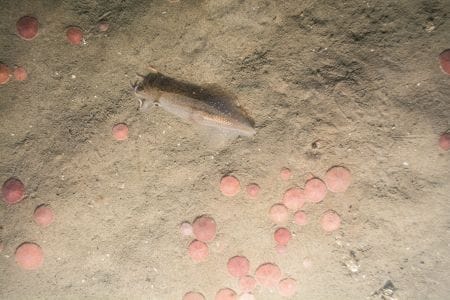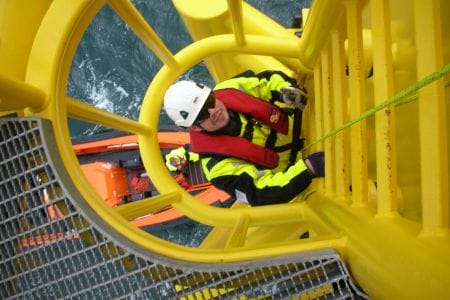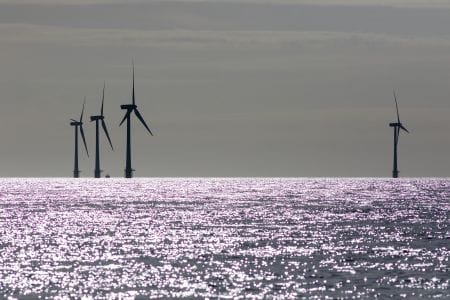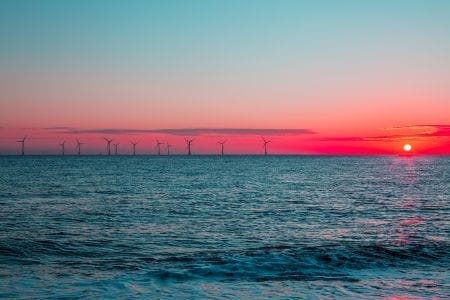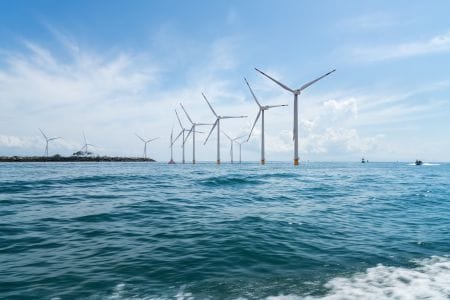Innovation
Innovative approach
We are industry experts, harnessing state-of-the-art technology and new thinking, working together to deliver great solutions for our customers.
Reducing installation times with high-speed mixing
When a wind farm is being installed, every hour counts.
With support vessels, crews, and specialised equipment, the costs can add up to hundreds of thousands of pounds a day. If windows of fine weather are lost, work can be delayed for weeks. And, if the completion of a wind farm has to be postponed, the lost revenues can quickly add up to millions of pounds.
Of course, any saving in time also equates to environmental gains. So, any equipment that can speed up an installation brings multiple benefits. A case in point is the grout mixing systems designed and built by Venterra Group company FoundOcean, which prepare specially formulated grouts or cements onsite, ready to be pumped into the subsea foundations of turbines and transformer stations.
One of the firm’s innovations is a High-Output Recirculating Jet Mixer, capable of mixing grouts at up to 80m³ per hour, which is around twice the rate of earlier systems and has helped set records for super-fast installations for wind farm foundations. The self-contained unit also fits within a standard 20-foot container, which makes it quick and easy to lift, load, and transport.
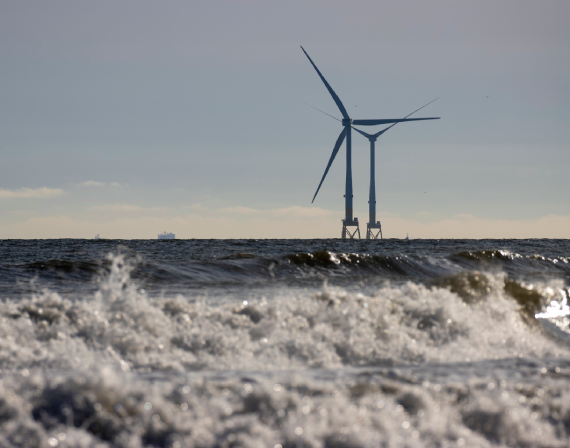
Pioneering the use of greener construction materials
Venterra Group company FoundOcean, the world’s leading offshore construction grouting provider, is pioneering the use of greener construction materials.
Traditionally, fabric formworks (which are used for the injection of a grout/cement mixture to create subsea structures) have been made from polypropylene. Now the company has launched a unique alternative, which is strong and lightweight, as well as being organic and recyclable.
The new material was developed by FoundOcean’s in-house teams, using raw materials sourced from nearby its DNV-accredited manufacturing facility in Mumbai (a joint venture with India’s Ambico Group). It was then put through a series of rigorous field tests at the firm’s Scottish headquarters. And, in 2022, it was used commercially for the very first time – to help build the new cable protection systems at a large wind farm in the North Sea.
Although the new material currently costs a little more than the polypropylene equivalent – with a premium of around 25% – it is expected that more wind farm developers will want to share in its environmental benefits. And, as volumes increase, it is likely that the price differential will fall as a result.
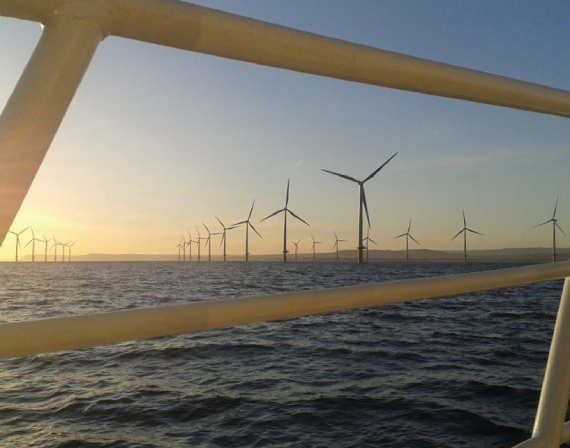
Choosing nature-based design to enhance marine habitats
Surveys have shown that offshore wind farms often have a positive effect on marine habitats. For example, Venterra Group company INSPIRE Environmental has conducted a series of six-monthly surveys at Dominion Energy’s first two offshore turbines, 27 miles off the Virginia Beach coast. And, as reported in the media, these have “become a haven for marine life” – providing new habitats for fish and other species that wouldn’t typically be found this far out to sea.
With a team of marine environmental scientists and almost two decades of offshore wind farm experience, INSPIRE Environmental advises clients on how to use nature-based design to maximise the ecological benefits of their developments. For example, turbine foundations, scour and cable protection can be designed to mimic complex marine habitats – expanding and enhancing the type of environments where fish, shellfish, and other species live, eat, and reproduce.
Indeed, the firm calculates that the wind energy developments that are currently planned around the USA have the potential to introduce an additional 3.75m square metres of novel marine habitat to America’s coastal waters.
